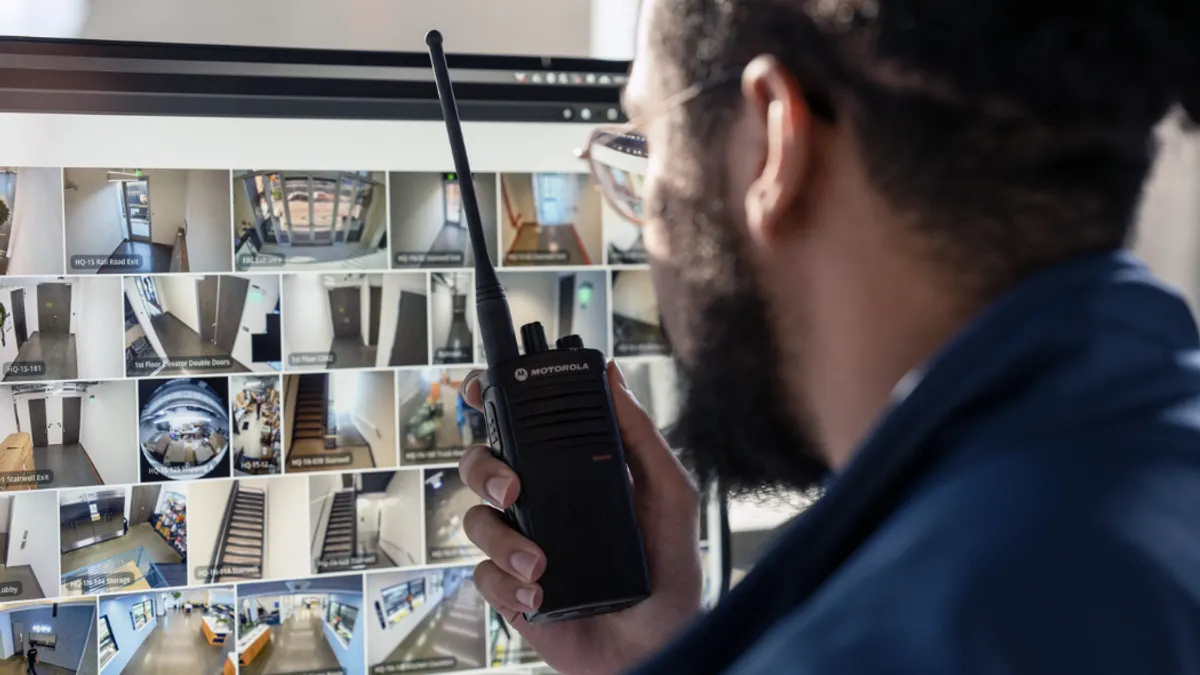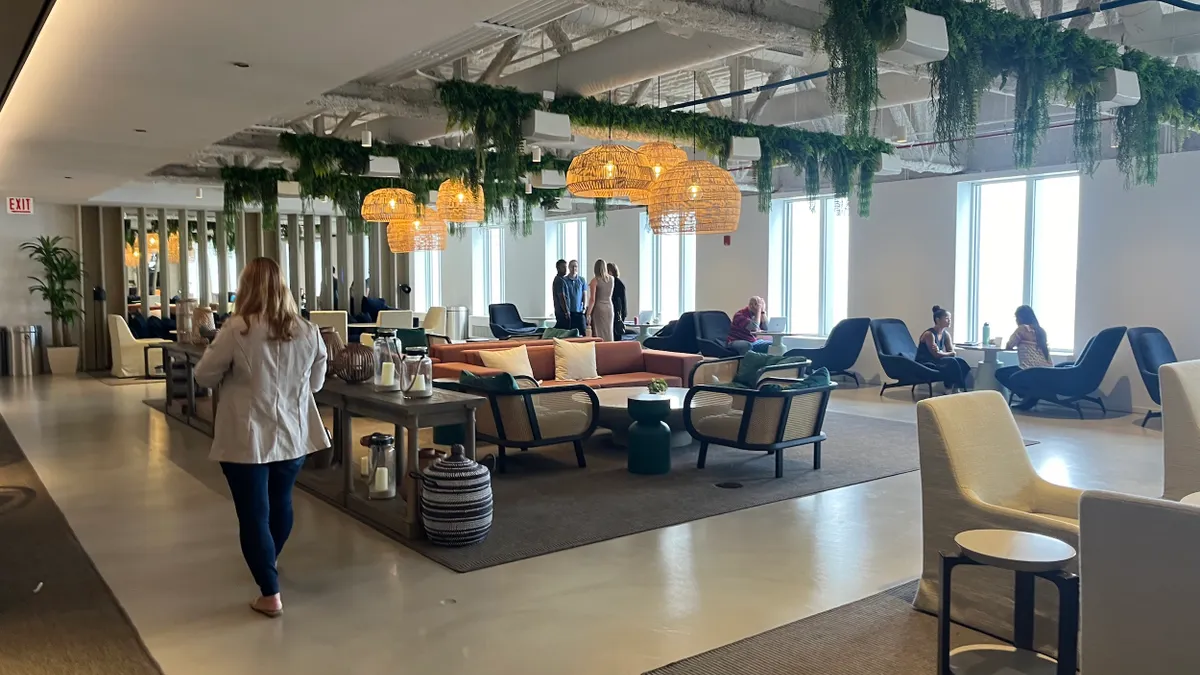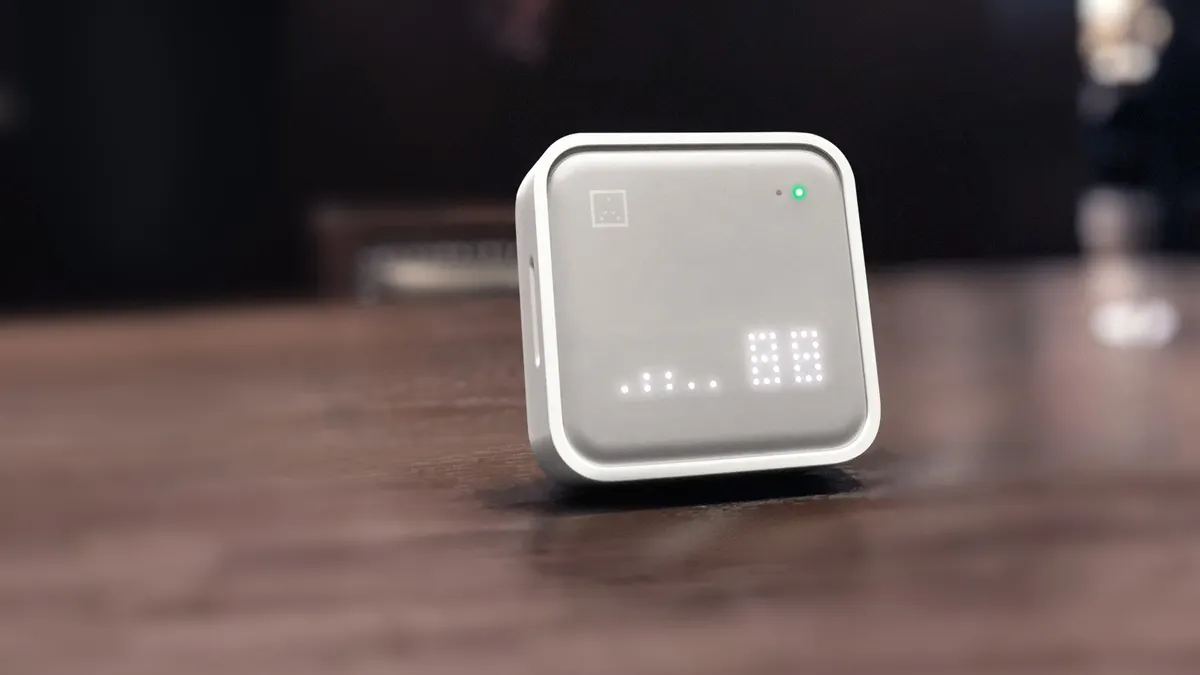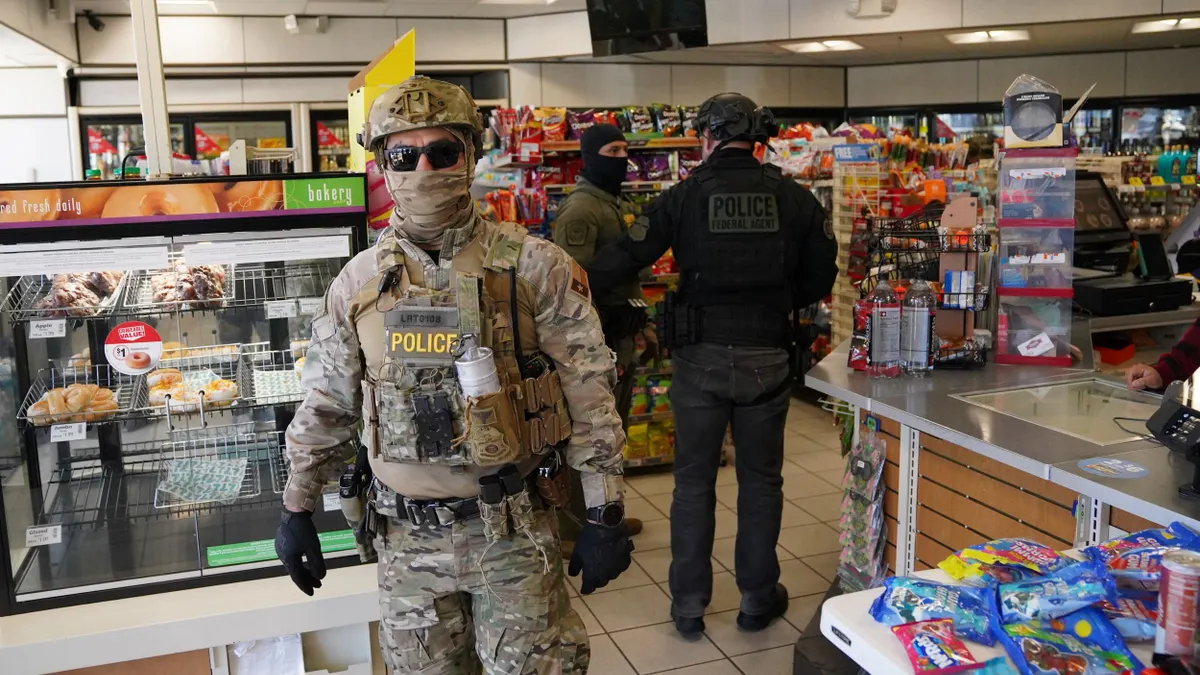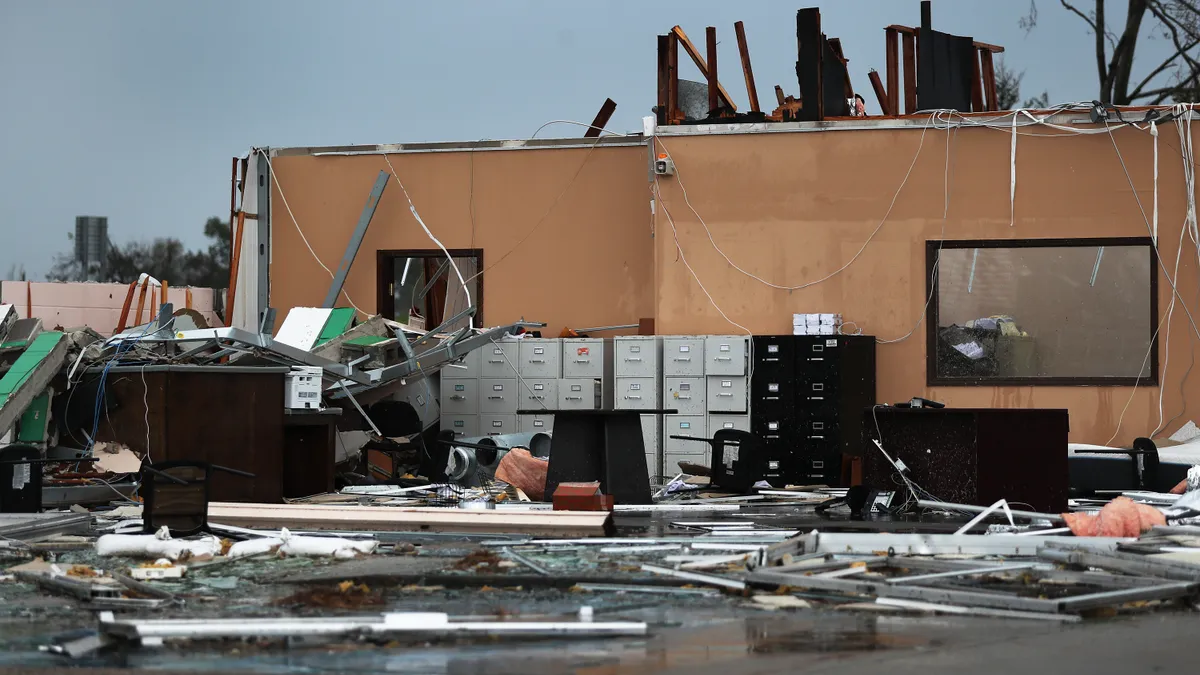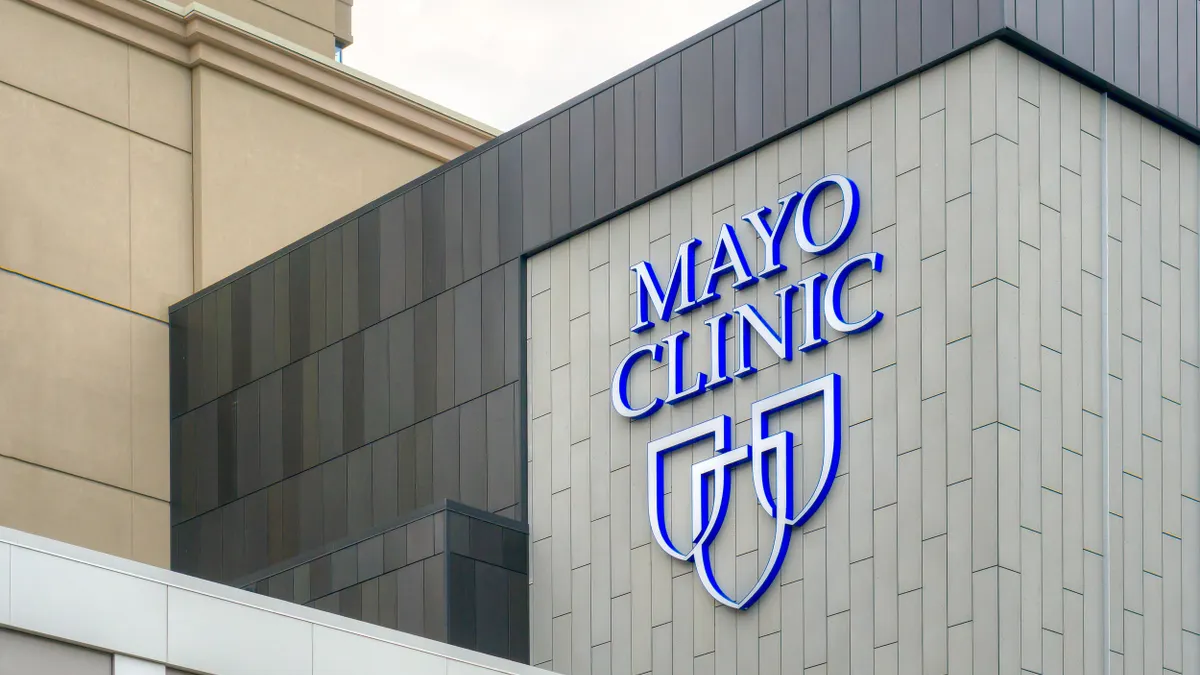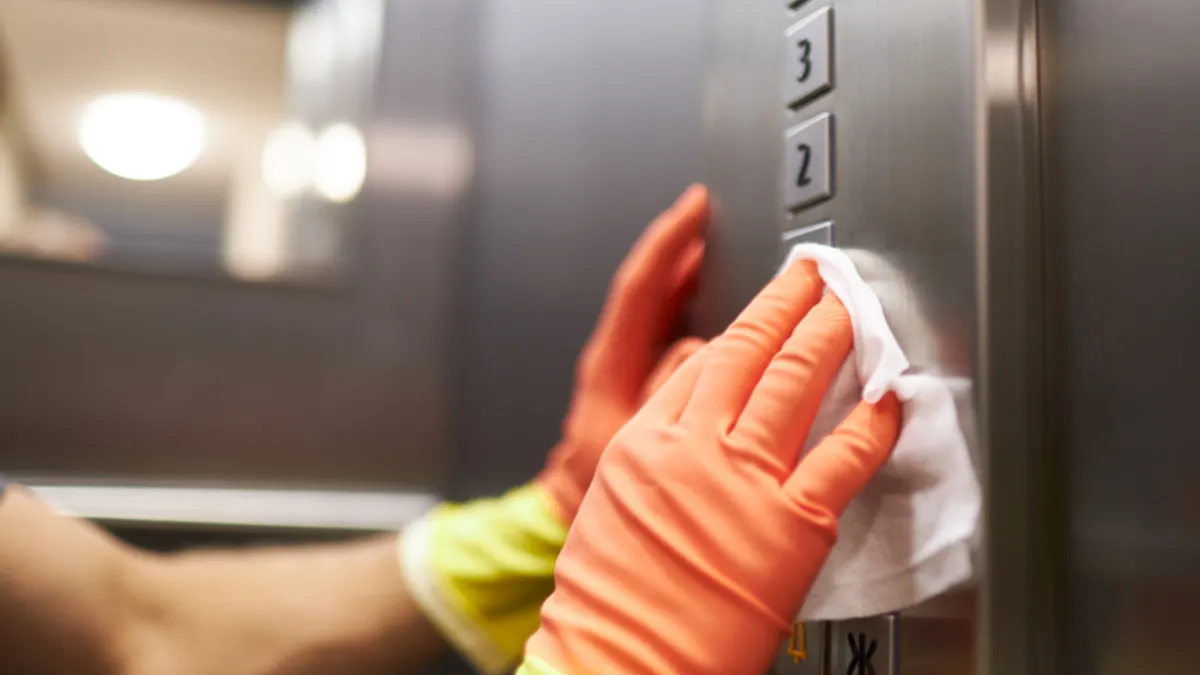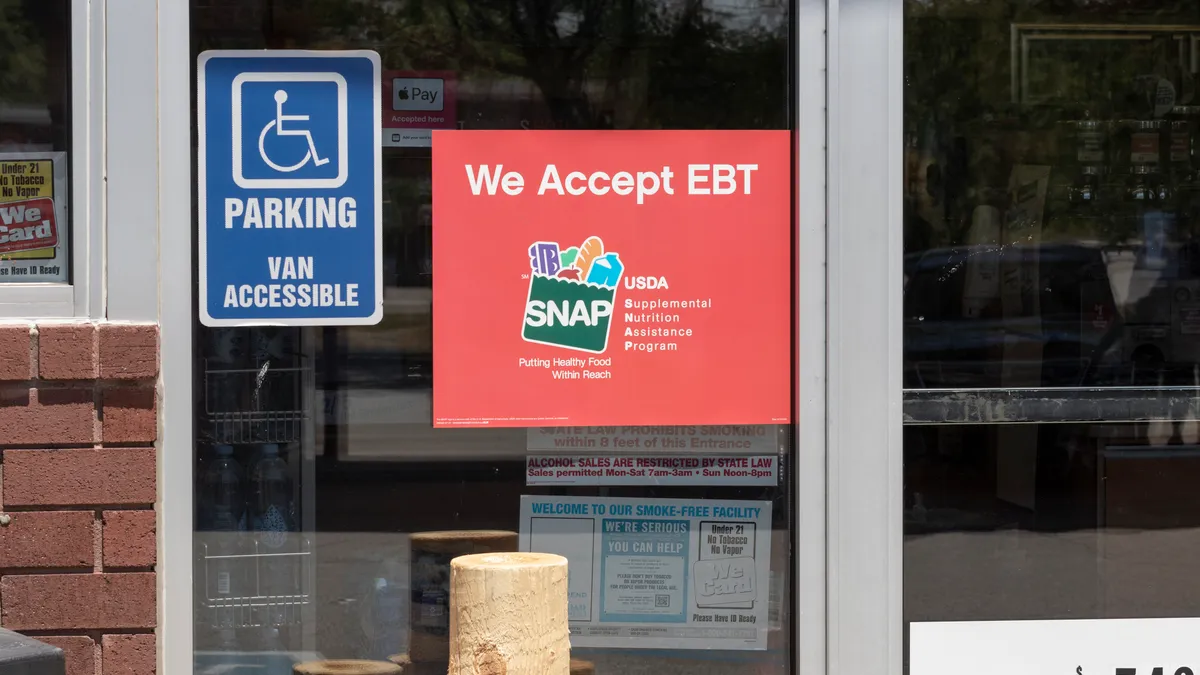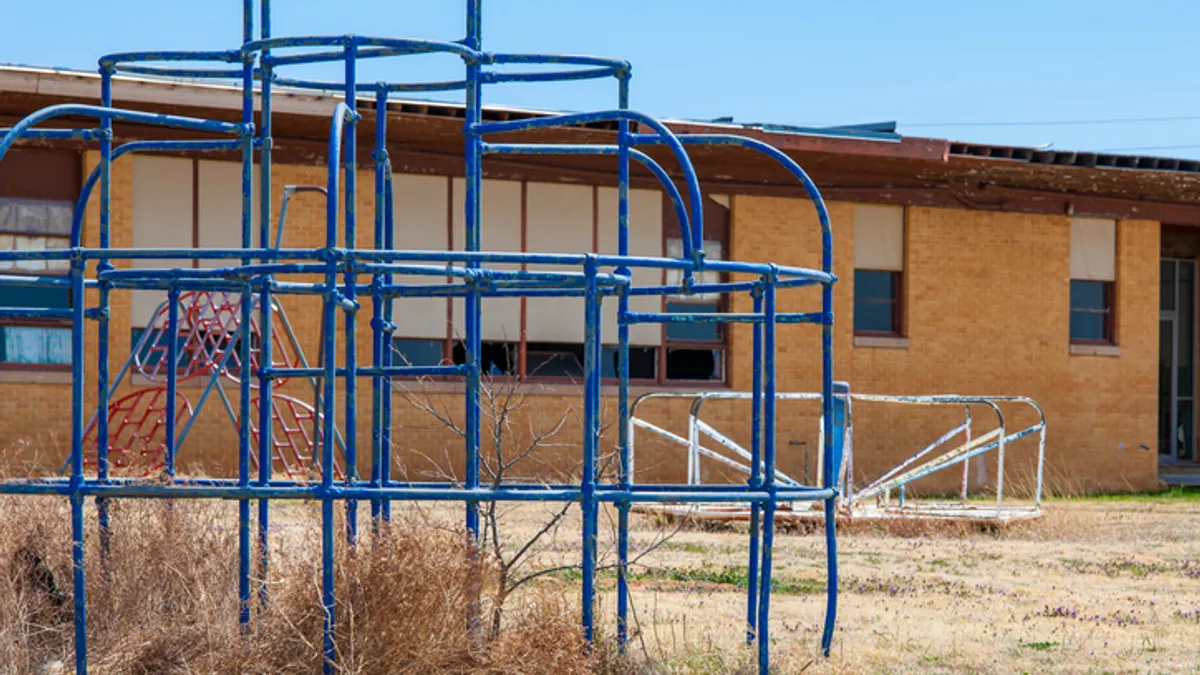Museums, schools, cultural centers, hospitals and religious institutions are among the top security risks in today’s environment of social media-amplified rhetoric, says a specialist in facility preparedness. That puts a premium on measures that can help facilities managers spot problems before they advance, Michael Evanoff, chief security officer of cloud-based security company Verkada told Facilities Dive.
Facilities managers can start with smart cameras, said Evanoff, who helped manage security for U.S. embassies and at NATO facilities before joining the technology startup earlier this year.
Facility managers are hamstrung if they’re still using analog cameras, because those require someone to monitor video feeds if they want to stay on top of what’s happening and to conduct manual searches of DVRs or other types of on-premise storage systems if they want to go back and check something, he said.
Today’s AI-assisted, cloud-based systems don’t work that way, he said. No one needs to monitor the feed because the system sends alerts to people’s phones based on parameters provided upfront and if someone wants to check something, they query the data like they would any other AI-assisted software.
“You can go back [to the video feed] and say, ‘Give me a person with a red hat that was here within the last six months,’” Evanoff said. “Within seconds, it will pop up a person with a red hat.”
That kind of immediate response can help managers look for patterns if they have reason to be suspicious about activity they’re seeing around their facility, Evanoff said. If they want, they can add a facial recognition filter to the video feed. That creates data the AI system can match against stored images.
“If your building had a problem in the past with an individual – a former tenant – that former tenant has his picture on your list,” Evanoff said. “If that person tries to come on the property, the system alerts you on your phone.”
That kind of data is helpful to law enforcement if an incident occurs, because it hands police a person of interest to use as a starting point for an investigation. “You’re giving the police a lead in real time,” he said.
With a few exceptions, you don’t need to publicly post notification that your facility is using facial recognition software as part of its camera system, Evanoff said. States where you do include Texas, Illinois and Portland, Oregon, he said.
The digital system can be set up to create a demarcation line outside the facility so the manager can know who’s coming before they reach the premises. “By the time the person comes onto your property, you already know about it,” he said.
The system can be configured to send alerts about people loitering. Verkada defines loitering as two or more people lingering outside the facility. Spotting loiterers is important at high-risk facilities because it can signal a pre-operational surveillance operation underway, telegraphing a planned incident, he said.
“Loitering is a precursor to sometimes a bad situation,” he said.
In a way that analog systems can’t, digital systems can partly pay for themselves if the firmware is updated regularly, Evanoff said. Each time there’s an update, the cameras get more sophisticated in what to look for and in matching what it sees with what’s been configured upfront without the facility manager having to replace the cameras or spend money on software upgrades.
The introduction of gunshot detection is an example, Evanoff said. For a while now, digital cameras have been able to identify weapons when they’re spotted. That helps in an investigation because it gives police a hard piece of evidence to follow up on. Some digital security companies have now updated their firmware to identify the location at which a shot was fired, even if the video doesn’t see the shot being fired. The new data is based on the direction and distance of the sound, as long as the gun is of a minimum caliber.
“Most shootings, if it’s 9 mm or below, are subsonic – meaning, it doesn’t break the sound [threshold],” he said. “If it’s sonic, then the shot is [located].”
That’s another piece of hard evidence for the police.
“The security situation has been increasing in the last 8-10 years – since COVID,” Evanoff said. “Civility, rhetoric, radicalization of social media – it’s just a volatile landscape. Also add in mental health issues. It’s all coming together. So, having … technology as a force multiplier on your side, to me, is a game changer.”


